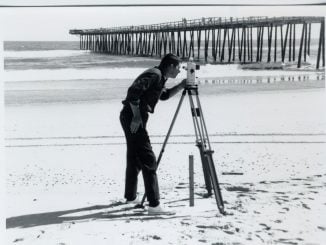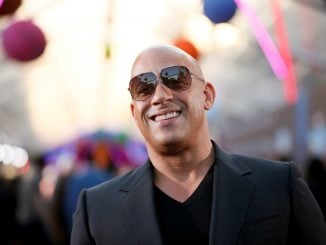
The Albemarle Sound, the architecture among the isolation, swamps and barns, boats and farmhouses, may not grab the attention of some people. But to artists, the region is a tapestry of endless inspiration. Northeastern North Carolina, home of The Albemarle School of Artists, has produced first-class creators who claim a strong heritage harkening back to the famous Francis Speightand today, guidance and inspiration from mentor, 83-year-old Dr. Fred Saunders.
By proxy, or some confluence of artist’s osmosis, painters in this band of brothers and sisters of the Bertie County wing of The Albemarle School feel fortunate they can rely on the support and friendship they’ve found in one another.
Together, they set up on the beach, on the banks of the Chowan River, or in a field. Whether the sun shines or not, they painten plein air, peinture sur le motifÂÂin the open air, what the eye actually sees.
Like Francis Speight, Fen Rascoe sees painting as a privilege. He speaks passionately of not only his own work and its processes, but also the ideals and work of those most influential to him as a budding, young artist in the sparse and isolated surroundings of Bertie County, N.C. As a young man, he attended the then all-boys Virginia Episcopal School, whereupon the new, young, and shapely school nurse drew, along with Fen, most of the student body to the infirmary for reasons medical and notmostly not. The administration, wise to the situation, lessened her duties. Fortunately for Rascoe, the art studio stood adjacent to the infirmary. The nurse, now with less of a workload, would wander over to the art studio, for obvious reasons, full to capacity. A hormonally-fueled renaissance unfolded and the young artist thrived.
When asked which artists inspire him, Rascoe mentions the French impressionists, but emphasizes his admiration for the the work of contemporary plein air painter and mentor, Joshua Been. Similarly, to Rascoe, he captures the time, feel, and environment of a piece, not just the picture. Comparing the brushwork of Been’s mountainous landscapes and Rascoe’s boats on water, one can easily see what ties the two together. They each identify undeniable truths within any object, inanimate or not, and a portal to an experience. By finding a focal point and making all else abstract, the viewer is left to his or her own senses and imagination to be taken to that time and place.
“Dust in the Blues”, Rascoe’s painting of a man playing “Folsom Prison Blues” on a park bench in downtown Edenton speaks volumes to what catches not just his eye, but all of his senses. The very essence of a moment in time, in which something as simple as a familiar Johnny Cash song on a sunny October day in Eastern, N.C. creates an unforgettable experience. Rascoe takes in and puts out on canvas not only the visual poignancy of a piece, but the olfactory and sonic perceptions to boot, thus creating a sensory completeness.
Rascoe often uses the phrase “no doubt,” almost as if in art and in life, it is his mantra. He says with conviction, “There are no rules in painting.”
As an artist, he sees it as his job to create a transformative experience to those looking at a piece. Whether spending a day alone in a tobacco field, on the sound, at an abandoned peanut farm, or on a trip with fellow plein air painters, he brings what is not alive or what normally flickers by, both to the foreground and to life.




